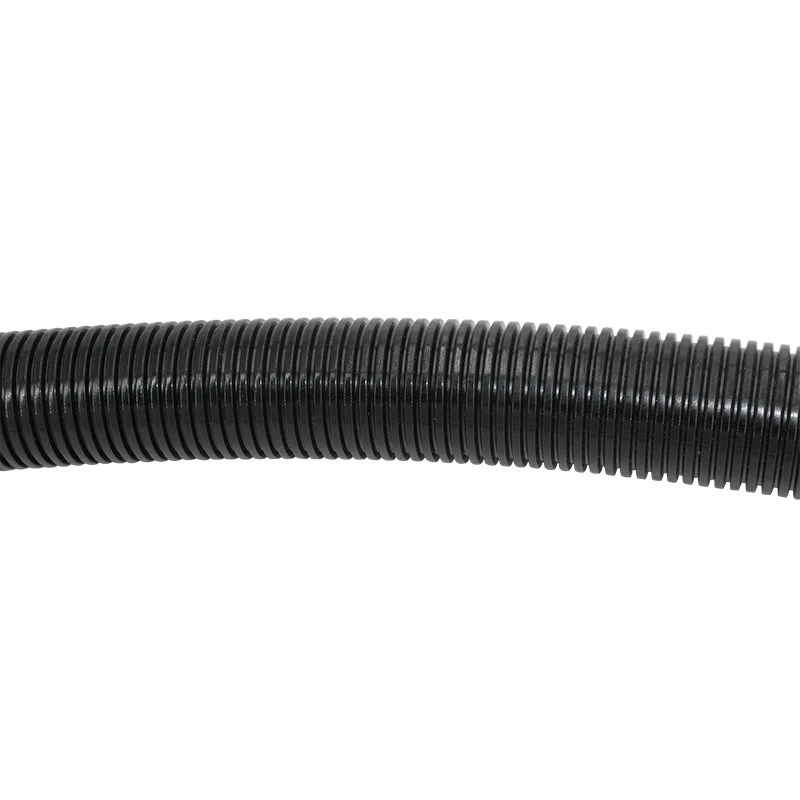Applications and Benefits of Using Drag Chains in Industrial Settings
The Importance of Drag Chains in Modern Machinery
In the world of engineering and automation, the term drag chain often comes up as an essential component for many types of machinery. These chains, also known as cable carriers or energy chains, are designed to guide and protect moving cables and hoses, ensuring their functionality and longevity. As technology continues to advance, the use of drag chains has become increasingly crucial in various industries, including manufacturing, robotics, and automotive.
What Are Drag Chains?
Drag chains are flexible structures that hold and guide cables and hoses in a controlled manner. Constructed from durable materials such as plastic or metal, they are designed to move in tandem with machinery parts — particularly in applications that involve linear or rotational motion. A drag chain consists of link segments connected to form an open or closed loop. This loop allows the cables to be safely accommodated without tangling or undergoing excessive wear.
Applications of Drag Chains
One of the primary uses of drag chains is in CNC (Computer Numerical Control) machines, where they play a vital role in organizing the complex array of wires and hoses that power the machinery. By preventing cable tangling and ensuring a smooth operational flow, drag chains enhance the efficiency and reliability of CNC systems.
In robotics, drag chains facilitate the movement of power and communication cables. They allow robotic arms to operate freely while keeping wires organized, which is essential for maintaining precision and preventing failures due to wear and tear. Similarly, in automated conveyor systems, drag chains help streamline the movement of electrical connections, ensuring that machinery functions smoothly.
drag chain use

The automotive industry also benefits significantly from drag chains. They are commonly used in assembly lines where they help in managing the intricate networks of wiring related to power, data, and control systems. By protecting these cables from damage and ensuring they remain accessible, drag chains improve the overall performance and safety of vehicles.
Advantages of Using Drag Chains
The advantages of using drag chains are manifold. Firstly, they provide excellent cable protection, minimizing the risks associated with mechanical wear, environmental factors, and accidental damage. This protection extends the lifespan of the cables and hoses, reducing maintenance costs in the long run.
Secondly, drag chains offer a tidy and organized solution for cable management. A well-structured drag chain system prevents entanglement and facilitates easy access for repairs or replacements — a critical aspect in environments where downtime equates to financial loss.
Moreover, drag chains can improve productivity. By allowing machinery to operate smoothly and without interruptions caused by cable tangling or snagging, they contribute to more efficient workflows in factories and production lines.
Conclusion
In summary, drag chains represent an essential component in modern machinery and automation systems. Their ability to protect cables and hoses while ensuring organized movement makes them invaluable across various industries, from manufacturing to robotics and automotive. As the demand for efficient and reliable machines grows, the role of drag chains will undoubtedly continue to expand, making them a critical area of focus for engineers and manufacturers alike. Investing in high-quality drag chain systems is not merely a matter of convenience; it is a foundational strategy for ensuring operational efficiency and long-term reliability in any mechanical setup.








